
UNIVERSAL FABRIC INSPECTION MACHINE Fabric Inspection Rolling Machine

Hot Selling Protective Cloth Non Woven Medical Surgical Gown Making Machine


High Speed Automatic GREIGE FABRIC SLITTING MACHINE WITH TRIANGLE for cutting of tubular fabric before the finishing process


Cloth Machine/automatic Textile Fabric Spreading Machines/pull Cloth Cutting Machine In 2023


Intelligent Automatic Packing Machine Manufacturer Connect With Inspection Machine


F5-F8 Ventilation System Industrial Air Conditioning Pocket Air Filter Bag Making Machine


Cloth rewinder Simple textile fabric roll cutting machine fabric inspection rolling tubes machine
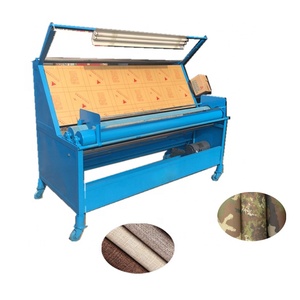
Cloth roll rolling measuring machine with digital counter meter fabric winder inspection machine
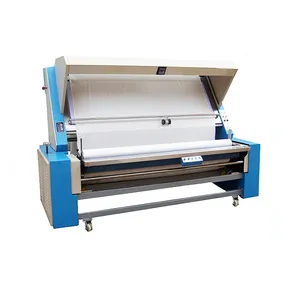
Fabric Inspection Measuring Machine Textile Inspection Machine
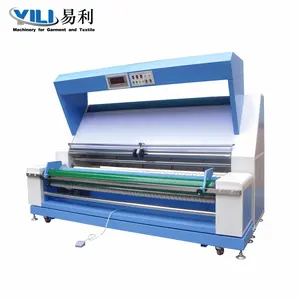
knitted and woven fabric automatic edge alignment fabric inspection machine

Rehoo Textile Machine Fabric Inspection Machine, Fabric Machine, Fabric Rolling Machine Fabric Making Machine China Machinery
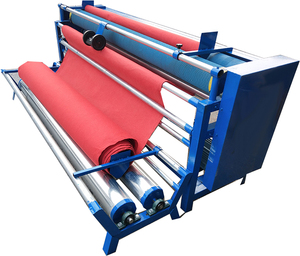
Fabric Inspection Machine / Textile Rolling and Cutting Machine
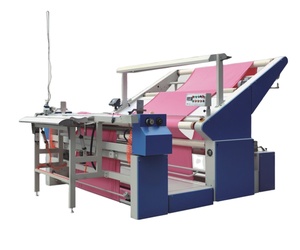
High Quality Knitted Fabric Inspection Rolling Machine with Tension Control
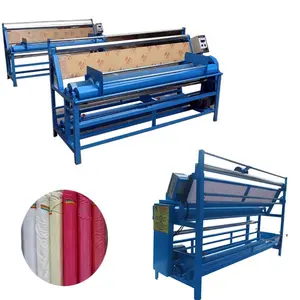
Industrial Cloth Inspecting Rolling Inspection Machine Fabric Roll winder Machine for textile
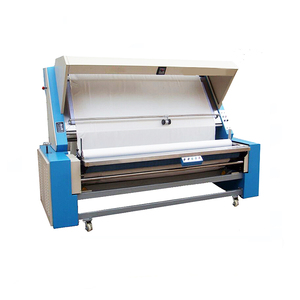
Automatic Fabric Textile Inspection Rolling Machine

YB-A cloth inspection machine/Fabric Cloth Relaxing machine\ Tension Loosing Machine
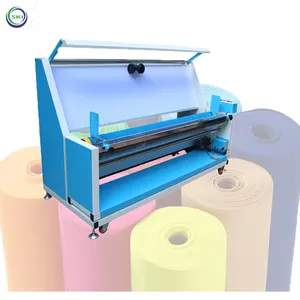
Fabric Rolling And Measure Machine Fabric Roll Yarn Winding Machine Fabric Inspection Machine

Roll to Roll Denim Fabric Inspection Machinery

Automatic Textile fabric steam shrinkage machine Cloth Heat Steam Shrinking inspection Setting Stenter Machine at cloth factory

Factory Production Fabric Rewinding Machine Auto Fabric Inspection Machine Supplier Cloth Rolling Inspection Machine

Good performance fabric inspection machine/ knitted fabric inspection /textile rolling and cutting machine
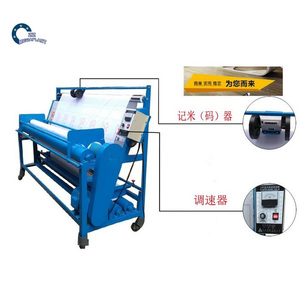
Multifunction 1800mm 2200mm 2400mm Textile Cloth Inspection Winding Measurement Fabric Rolling Machine

Textile fabric cloth rolling machine fabric meter counter rolling machine cloth roll winding fabric roller inspection machine
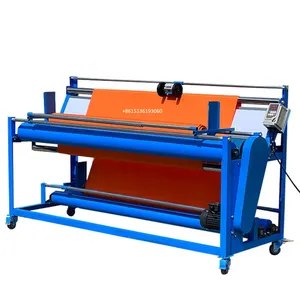
Textile finishing Cloth Meter Counter roller fabric inspection measuring cloth fabric roll winding Rolling machine price

fabric roll measuring cutting machine fabric inspection and rolling machine
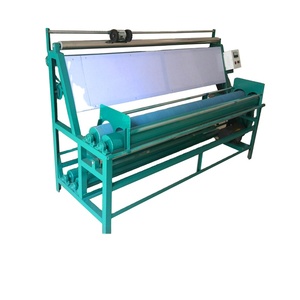
Good performance fabric inspection machine/Long time working knitted fabric inspection /textile rolling and cutting machine

Automatic Fabric Cloth Inspection Rolling Winding Machine

fabric re rolling inspection machine roll to roll fabric cutting printing machine

YL2009-J2 Cloth rewinder Simple textile fabric roll machine fabric inspection rolling tubes machine
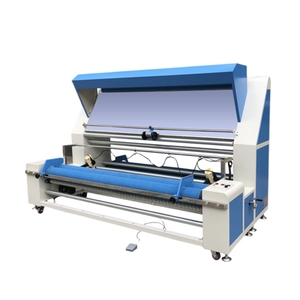
Factory Production Apparel Textile Machinery Cloth Inspection Automatic Opposite Edge Fabric Rolling Machine

Automatic fabric textile cloth inspection rolling machine

Textile fabric cloth rolling machine fabric meter counter rolling machine cloth roll winding fabric roller inspection machine

Textile Fabric Cloth Rolling Machine Fabric Meter Counter Rolling Machine Cloth Roll Winding Fabric Roller Inspection Machine
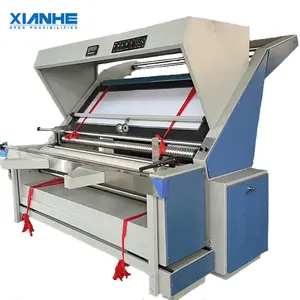
Home Textile Fabric Inspection Rolling Machine

Industrial Cloth Inspecting Rolling Inspection Machine Fabric Roll winder Machine for textile

Made In China Fabric Inspection Machine Electric Motor Knitted Fabric Roll Relax Machinery

Textile Finishing Machinery Fabric Inspection Machine For Sale

Automatic textile roll packing winding machine parts fabric inspection and rolling machine

Novel and high-quality Haiwei Machinery HW fabric inspection and unwinding sueding machine
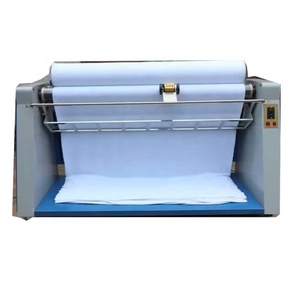
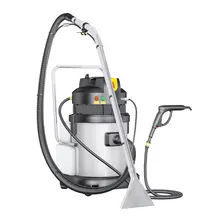



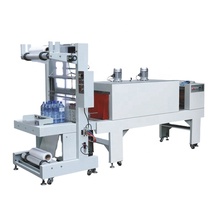


















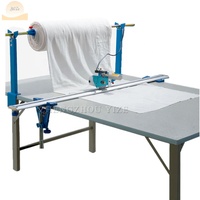










 浙公网安备 33010002000092号
浙公网安备 33010002000092号 浙B2-20120091-4
浙B2-20120091-4